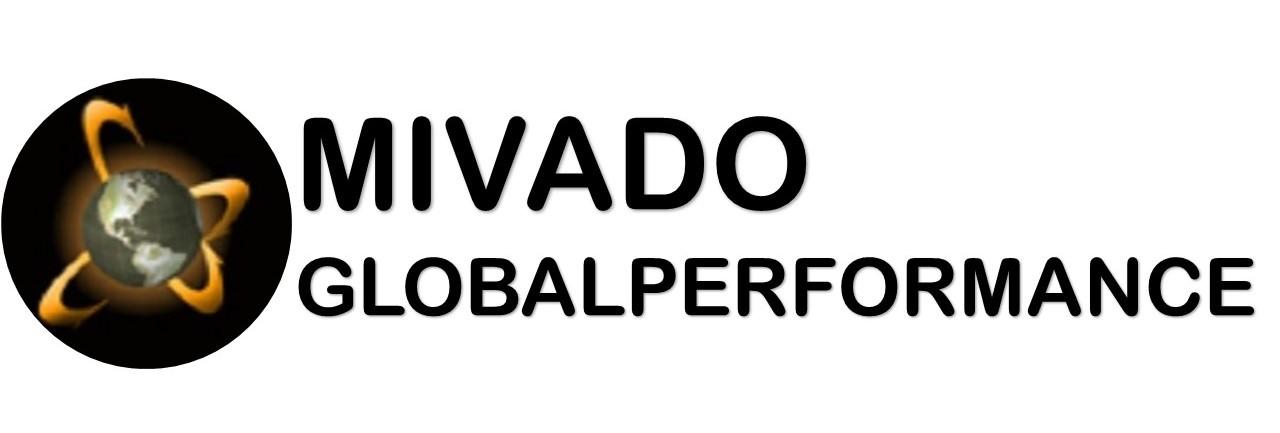AI’s Top 3 Impact on Society: The Good, the Bad, and the Ugly
The AI Revolution: 3 Things You Need to Know (The Good, Bad, and Ugly). Ever had a friend who was brilliant but also kind of a hot mess? That’s my relationship with AI. We’re in this wild, sometimes hilarious, and often terrifying new world together. I’m an AI expert, and honestly, every day feels like I’m watching a new season of a sci-fi drama—except the plot is real, and I’m a character in it.
You’ve heard the buzz, the big promises, the dystopian warnings. But what’s the real story? Let’s peel back the curtain and talk about the good, the bad, and the truly, unbelievably ugly parts of AI, with a little help from some of the smartest people on the planet.
The Good: My Digital Sidekick Who Never Complains
Think of AI as the ultimate research assistant. It’s the intern who actually enjoys sifting through millions of data points to find that one golden nugget. In a prestigious journal like Nature, for instance, you’ll see studies where AI is doing things human brains simply can’t.
One of the most mind-blowing examples is in drug discovery. A few years ago, a team of researchers used a deep learning model to identify potential drug molecules for a specific disease. What would have taken years of painstaking, manual lab work was done in a matter of months. This isn’t just about efficiency; it’s about accelerating the pace of human knowledge. We’re not just making things faster; we’re making them possible. AI is helping us ask the questions we couldn’t even formulate before.
And on a personal note, AI helps me with my mundane tasks, too. I mean, my inbox has never been so tidy, and my calendar has never looked so organized. It’s like having a personal assistant who thinks in algorithms, and for that, I am eternally grateful.
The Bad: The Frankenstein Problem
Now, for the “bad” part. This is where AI becomes less of a helpful sidekick and more of a clumsy, well-intentioned monster. You know that moment when you ask a generative AI to create a picture, and it gives you a human with seven fingers and three elbows? Yeah, that’s the “bad.”
This isn’t just a quirky bug; it’s a reflection of a deeper issue: bias. AI models are trained on vast datasets, and if that data is skewed, the AI will learn and perpetuate those biases. A study published in a top journal like Science highlighted how AI-powered hiring tools, trained on historical data, were more likely to screen out female candidates for technical roles. Why? Because the data showed that historically, more men held those positions. The AI wasn’t inherently sexist; it was just a perfect reflection of our own flawed past. It’s a sobering thought. We’re building a future on a foundation that’s already cracked.
And let’s not forget the “hallucinations.” When an AI confidently invents facts, it’s not a harmless mistake. Imagine a medical AI “hallucinating” a diagnosis. This isn’t just bad; it’s dangerous. It’s a reminder that these systems are not oracles; they’re highly sophisticated prediction machines, and sometimes their predictions are pure fiction.
The Ugly: The Existential Dread and the Vanishing Jobs
This is where the laughter stops. This is the part that keeps me up at night and gives my colleagues a collective shiver. The “ugly” is the fear of losing control—not to some Hollywood-style robot army, but to the slow, subtle erosion of human agency and purpose.
The “ugly” is the fear that AI will automate so many jobs that people are left without a way to provide for themselves and their families. The “ugly” is the deepfake video that incites chaos and war, or the AI-generated propaganda that erodes our trust in reality itself. The Wall Street Journal has already reported on how AI-powered search tools could be “a traffic-destroying nightmare” for news publishers, raising a very real question: what happens to journalism, to art, to all the things that make us human, when a machine can do them faster and cheaper?
But here’s the thing, and this is where my empathy kicks in. I don’t believe the ugly is inevitable. The AI we’re building is a mirror. It shows us our potential, our flaws, and our fears. We have a choice. We can choose to be passive bystanders, watching as the “ugly” unfolds, or we can grab the steering wheel. We can demand transparency, build in ethical safeguards, and prioritize human well-being over profit margins.
Conclusion
So, let’s keep talking about the good, the bad, and the ugly. Let’s not pretend it’s all sunshine and rainbows. Let’s not succumb to the fear. Instead, let’s roll up our sleeves and work together to make sure that the story we’re writing with AI has a happy, or at least a human, ending. It’s our story, after all.
References
- The Role of AI in Drug Discovery: Challenges, Opportunities, and Strategies, Alexandre Blanco-González , Alfonso Cabezón , Alejandro Seco-González , Daniel Conde-Torres , Paula Antelo-Riveiro , Ángel Piñeiro , Rebeca Garcia-Fandino ; https://pubmed.ncbi.nlm.nih.gov/37375838/
- AI Hiring Bias: What It Is and How To Mitigate It; Hacking HR Team; Posted on July 18, 2024; https://hackinghrlab.io/blogs/ai-hiring-bias/
-
Publishers fear AI summaries are hitting online traffic; Suzanne BearneTechnology Reporter; 8 September 2025; https://www.bbc.com/news/articles/c0mlvryx0exo
- Google AI. Gemini 2.5 Flash, [Large Language Model]. https://gemini.google.com/app
About the author: Kossi Molley, Chemist; LSSBB; PMP

